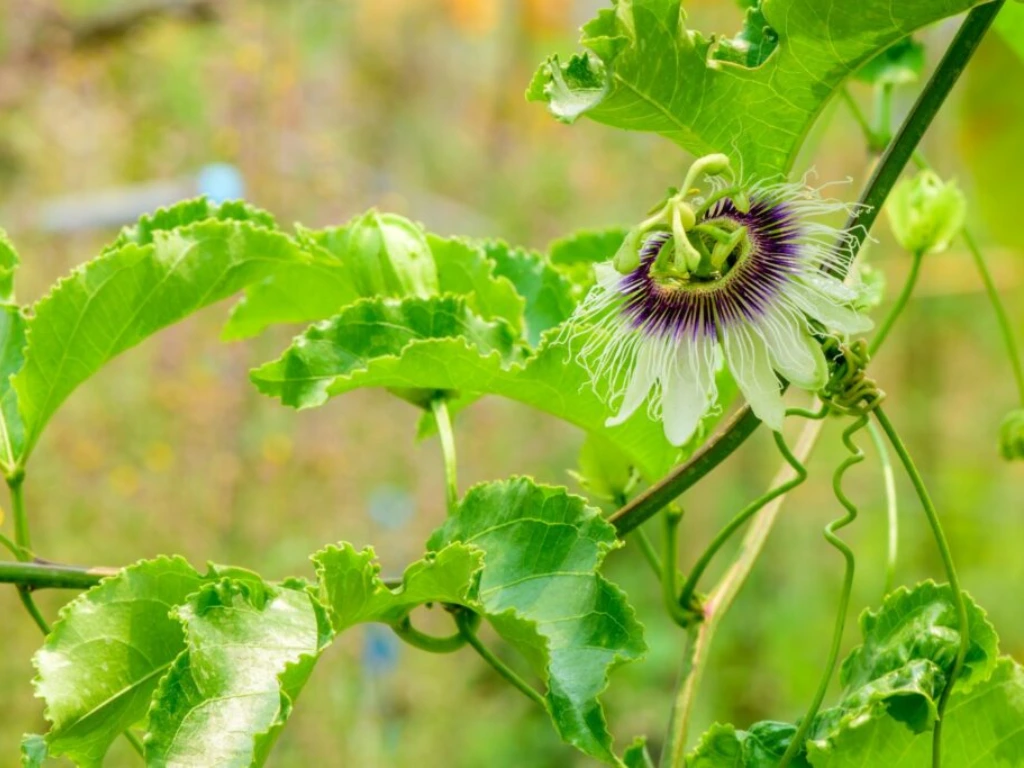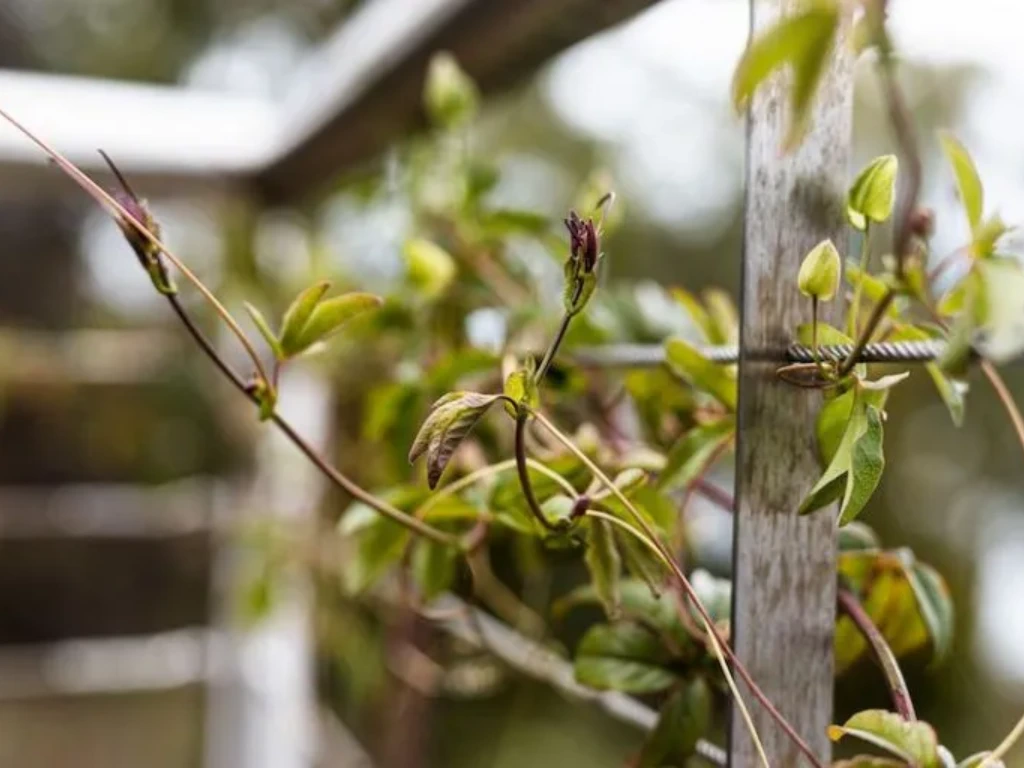If your passion flower vine is growing wild, producing fewer blooms, or crowding out nearby plants, it’s probably time for a trim. Passion vines are stunning, fast-growing climbers with flowers that look like they came straight out of a 70s spyrograph. But without the right pruning and care, especially after their second year, they can quickly turn from beautiful to unmanageable.
Pruning passion flower vine isn’t just about looks. It’s the key to thicker stems, more vibrant blooms, and even better fruit. In this guide, we’ll break down exactly when and how to prune your vine so it thrives—not just survives. Ready to tame the tangle and bring out the best in your Passiflora? Let’s dive in.
Why Pruning Passion Flower Vines Is a Game-Changer

You’ve planted a passion flower vine, watched it take off like wildfire, and now it’s wrapped around anything within reach. Sound familiar?
While it’s easy to fall in love with the exotic blooms and lush green growth, passion vines can quickly turn your garden into a tangled mess if left untrimmed. What starts as a beautiful centerpiece can end up crowding out nearby plants, blocking sunlight, and growing in every direction but the one you planned.
That’s where pruning comes in—not just as a chore, but as a must-do for healthy, balanced growth. A well-timed trim encourages stronger stems, more blossoms, and a vine that actually listens to your garden layout. Plus, regular pruning helps prevent diseases and keeps things looking tidy year-round.
Whether you’re growing Passiflora caerulea for its stunning flowers or Passiflora edulis for the fruit, knowing how and when to prune makes all the difference. It’s not about cutting randomly—it’s about giving your vine room to thrive.
So if your vine’s looking wild, underperforming, or just plain out of control, it’s probably telling you something: it’s time for a fresh start with the shears.
What You Need to Know Before Pruning Passion Flower Vines
Before you grab your shears, it’s worth understanding the unique growth habits of this fast-growing climbing plant.
1. Pruning Tools You’ll Need
Don’t worry—you don’t need a garage full of gardening gadgets. Just these essentials:
-
Sharp, clean pruning shears
-
Gardening gloves (vines can get rough)
-
Disinfectant to clean your tools between cuts (helps prevent disease)
Pro tip: Always clean your tools with rubbing alcohol before and after pruning to keep your plant disease-free.
2. Understanding Passion Flower Varieties

Here are a few common types you might have in your garden:
-
Passiflora caerulea (Blue Passionflower): Cold-hardy, ornamental, fast-spreading
-
Passiflora incarnata (Maypop): Native to the U.S., edible fruit, very vigorous
-
Passiflora edulis: Commonly grown for its fruit (passionfruit)
Each variety has slightly different needs, but pruning principles are nearly the same.
When Is the Best Time to Prune Passion Flower Vines?
You might be tempted to cut anytime, but the season matters more than you think.
1. Early Spring: Best for Major Pruning

Right before new growth begins, typically late winter to early spring, is prime time for pruning.
Why?
-
The plant is still dormant.
-
You can see the vine structure more clearly.
-
You won’t accidentally chop off flower buds.
If you’re in USDA zone 7-10, aim for late February to March.
2. Light Summer Pruning: For Shaping Only
If your vine is getting wild mid-season, you can do some gentle shaping. Just don’t cut the parts where blooms are forming.
3. Avoid Late Fall and Winter
Avoid pruning in late fall or during frost periods. Cutting during cold months can stress the plant and lead to damage.
How to Prune Passion Flower Vines: A Step-by-Step Guide
This is where the magic happens. Here’s exactly how to prune like a pro.
Step 1: Inspect the Vine
-
Look for dead, diseased, or damaged stems.
-
Spot tangled areas that block airflow or sunlight.
Step 2: Remove Deadwood
-
Snip away all brown, dry stems back to a healthy green section.
Step 3: Cut Back Overgrowth
-
Trim one-third of the vine to keep it under control.
-
Make cuts just above a leaf node for best regrowth.
Step 4: Train It
-
Direct healthy growth toward your trellis or fence.
-
Use ties to support younger vines.
Step 5: Shape and Thin
-
If the vine is too dense, thin it out for better air and light.
-
This helps prevent fungal issues later.
Post-Pruning Care for Passion Flower Vine
Think of this as the recovery phase.
-
Water: Keep the soil moist but not soggy for a couple of weeks.
-
Fertilizer: Apply a balanced fertilizer (like 10-10-10) to encourage new growth.
-
Monitor: Check weekly for pests like aphids or spider mites. They love fresh growth.
-
Mulch: Add a layer of mulch to help retain moisture and prevent weeds.
Common Mistakes to Avoid When Pruning Passion Flower Vine
Even experienced gardeners can make a few wrong snips—don’t worry, we’ve all been there. Here are some common mistakes to steer clear of:
- Over-pruning: Taking off more than half the vine at once can send your plant into shock, leaving it struggling to bounce back.
- Pruning too late: Trimming in late summer or fall might feel productive, but you could be accidentally removing next year’s flower buds before they even get a chance.
- Skipping tool cleaning: It’s easy to forget, but using dirty shears can spread nasty plant diseases like fusarium wilt or root rot—give those blades a quick disinfect before and after.
- Forgetting to train the vine: Passion vines need direction! Without some gentle guidance, they’ll happily tangle themselves—and possibly your neighboring plants too.
Frequently Asked Questions (FAQ)
Q1: Can I prune my vine in the fall?
It’s not ideal. Fall pruning can lead to frost damage and reduced flowering.
Q2: What if my passion vine is taking over the fence?
No worries—cut back up to one-third in early spring. Shape and train it to keep it under control.
Q3: Will pruning make it bloom more?
Absolutely. Removing old, woody growth stimulates new shoots that produce flowers.
Q4: I pruned it, and nothing is growing back. What happened?
Check your zone and timing. If you prune too early (during frost) or too late, it may delay regrowth. Be patient—it usually rebounds with warmth and sunshine.
Conclusion
Pruning your passion flower vine doesn’t have to be intimidating.
With the right timing (late winter/early spring), simple tools, and a clear plan, you can transform a wild, tangled mess into a blooming masterpiece. Whether you’re growing Passiflora caerulea for beauty or Passiflora edulis for fruit, a little care goes a long way.
Want your garden to truly bloom this season? Check out our How to Get Passionflower to Bloom: Expert Tips for Vibrant Flowers.
Don’t let overgrowth hold back your garden goals—grab those shears and get snipping. Your future self (and your vine) will thank you.
You may like:
